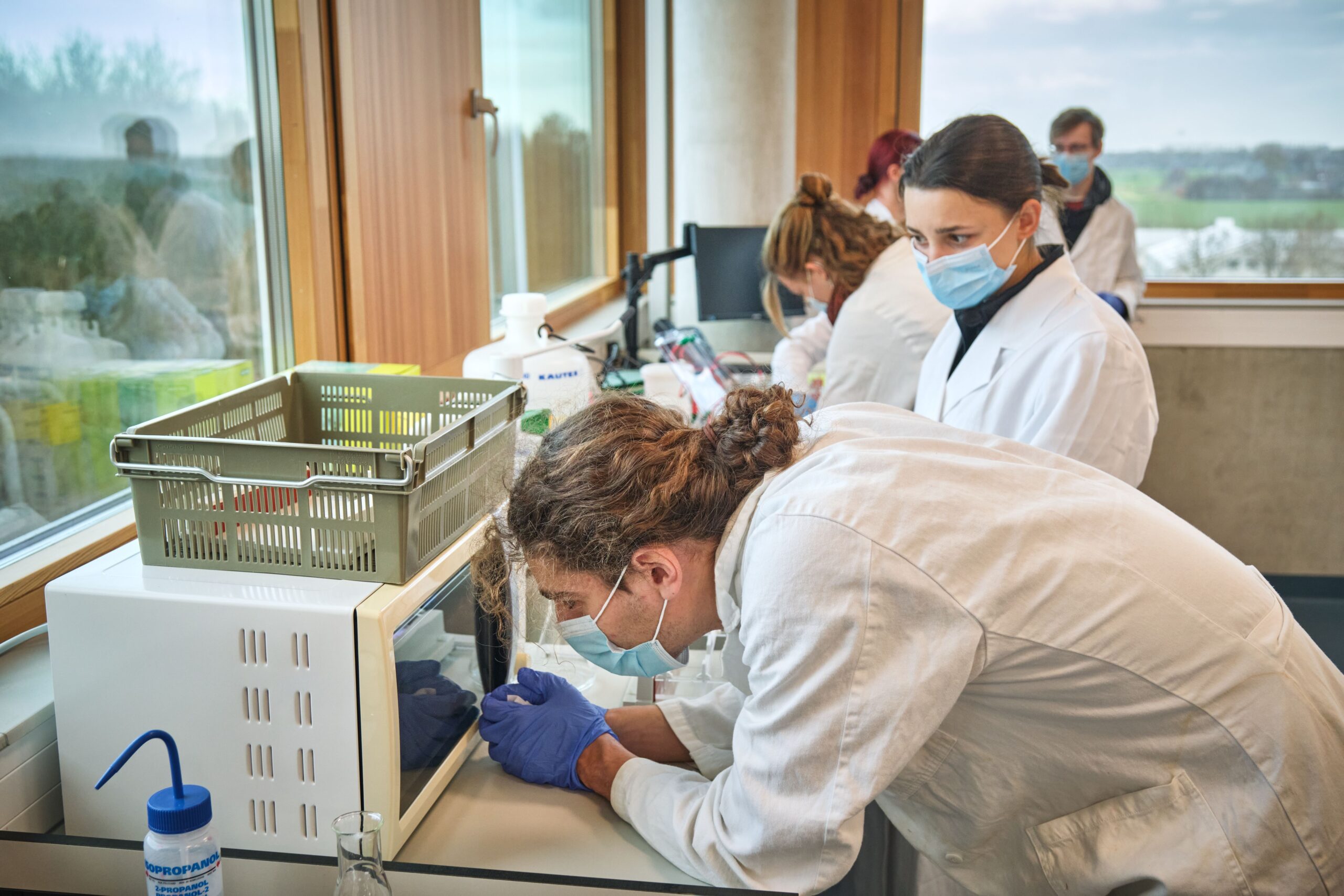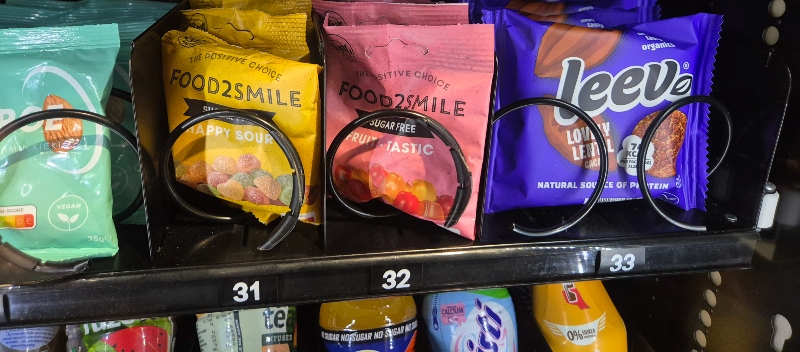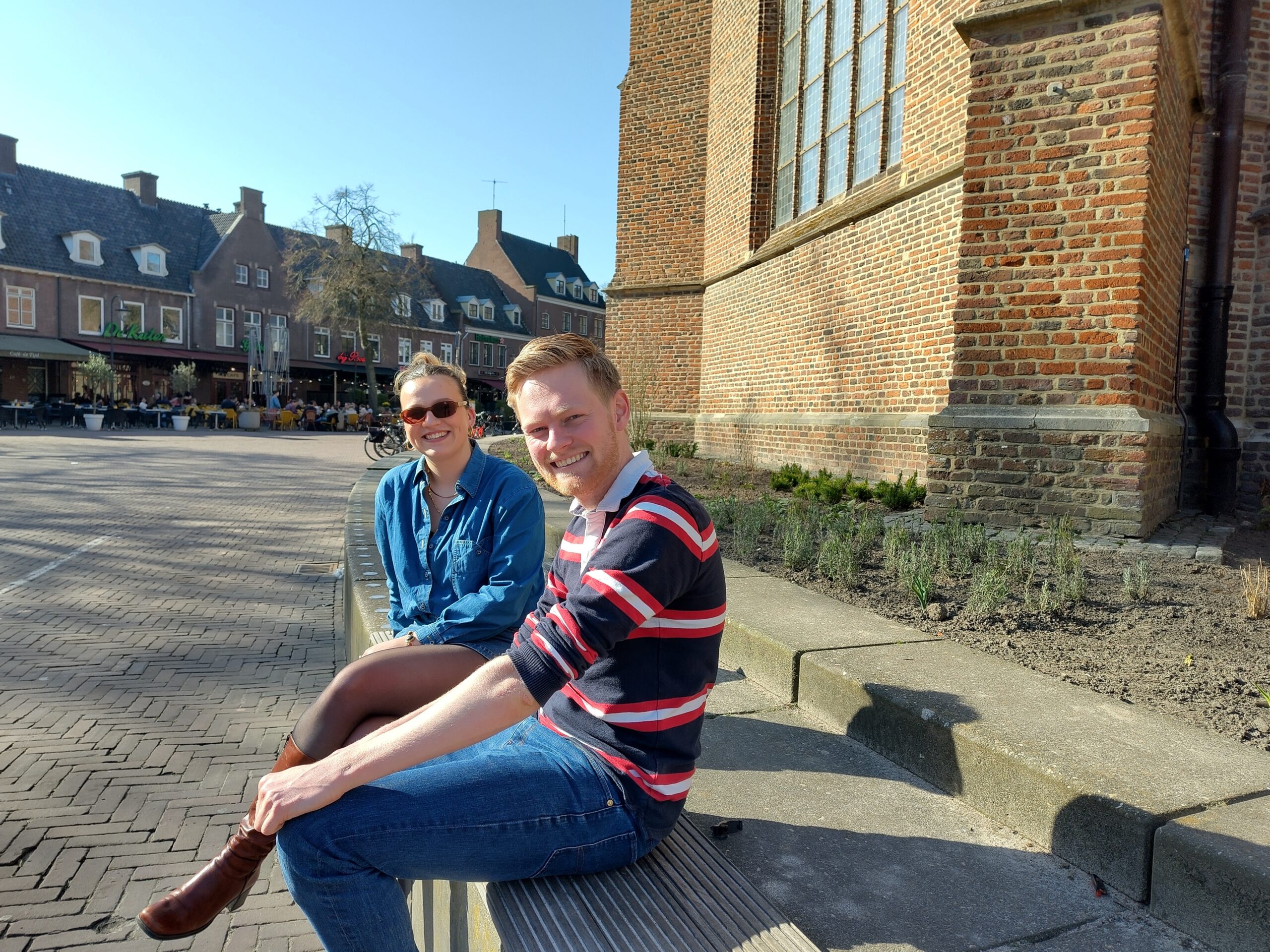Every organism leaves traces of its DNA behind it. On this Master’s course, students learn to decipher those traces like CSI detectives. To find out which insects have been on a plant, for example. Or what a wolf had for lunch. Detective work with DNA.
Advanced Molecular Ecology is the name of the course. And advanced it certainly is. What the group of 20 students get done in four days of lab work borders on the incredible. Deducing a wolf’s menu from its faeces, for instance. Or detecting the presence of amphibians using a sample of pond water. Or mapping the community of bacteria that generate electricity around the roots in a plant-based fuel cell.
These are just a few of the experiments that the students come up with themselves. ‘All their own terrific molecular ecological research projects,’ says course leader Reindert Nijland (Marine Zoology) enthusiastically. Most students focus on e-DNA, which stands for environmental DNA. In other words: DNA traces from the environment. It is no coincidence that this is Nijland’s specialism. But the course’s range is broader than that. One student sequenced the complete genome of a sponge, for example.
Own interests
Students of Animal Sciences Bob van Strien and Michou Weimar are studying water samples from Blijdorp Zoo in Rotterdam to see if the DNA traces in the water tell them which fish inhabit the aquarium. The results were a little disappointing: they could only identify one of the five fish in the aquarium – a sturgeon. ‘We’re a bit fed up about that,’ says Weimar honestly. It’s anyone’s guess why their score was so low. ‘Maybe it has to do with the size of the fish. Those sturgeon are really big; up to one metre long. Perhaps they excrete more DNA than the other fish.’
‘Or the water is too well-filtered’, Van Strien suggests. ‘The water in those aquariums has to be very clean, otherwise visitors to the zoo won’t see anything.’
We noticed that students lacked the experience they need to do molecular research
The Advanced Molecular Ecology course came into existence about three years ago, partly in the lecturers’ own interests. ‘We noticed that the students who came to the lab to do research for their Master’s thesis or PhD lacked the hands-on experience they need to do molecular research. We had to train them individually every time. That’s not very practical, hence the course. In the first two weeks, they have lectures in which we explain the theory. After that, they get going on their own research.’ Essential equipment for that research is the MinION, a device that can sequence DNA codes quickly and affordably. It is Nijland’s toy. ‘A few years ago, this kind of DNA sequencing would have been quite impossible. Much too expensive. And this is still an expensive course. A flow-cell, the heart of the machine in which the DNA code is sequenced, costs 500 euros. But we can do this because there are also PhD students using it for their own research and they can pay for it from their own budget.’
This sequencing of DNA would have been impossible a few years ago
Invisible
The possibilities opened up by e-DNA are amazing. Niek Palmen and Agata Marchi are using traces of DNA to try to find out which insects have been eating a plant. This idea came from geneticist Bart Pannebakker (Laboratory for Genetics), who leads the course together with Nijland and Hendrik-Jan Megens (Breeding and Genomics). He recently came across a Danish study in which this had been tried. ‘I work on the genetics and evolution of insects and how you can apply that in biological pest control. With e-DNA you can reveal things that you would not normally see. Super cool.’
In September, Pannebakker picked ivy, comfrey and white wood aster flowers, put them in a tube and froze them. In the lab, the students identified the various visitors to the flowers. Here too, they had mixed results. They found traces of herbivores, pollinators and insects that use the flower as a shelter. But there were also traces of species that are not found in the Netherlands. Not to worry. Contamination of samples is a common problem, said Nijland in the discussion after the students’ poster presentations.
Bat droppings
‘I had actually expected them to find traces of bees,’ says Pannebakker. ‘I live next door to a school where a bee garden has been created. But no: nothing. The common green bottle fly was detected though, which is interesting. It seems they play an important role as pollinators — an eye-opener for me. That is the great thing about this type of research: it reveals the invisible. I want to see more of this. It is still in its infancy, but I want to find out what we can do with it.’
And it is not just idle curiosity. ‘Two years ago, we analysed the diet of bats from their droppings. That even resulted in a Veni proposal,’ says Nijland. ‘And together with the NIOO (the Netherlands Institute of Ecology, ed.) we have mapped the genome of a rotifer. A paper on that will be published soon. So this work provides some useful data for ongoing research.’

 Niek Palmen and Agata Marchi try to identify DNA traces of insects on flowers. Photo: Guy Ackermans
Niek Palmen and Agata Marchi try to identify DNA traces of insects on flowers. Photo: Guy Ackermans 

